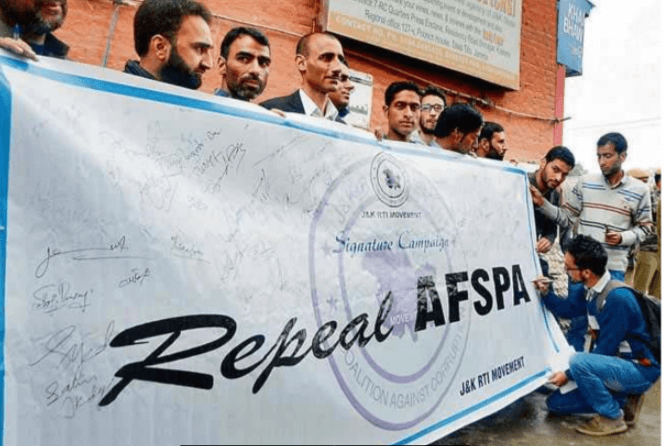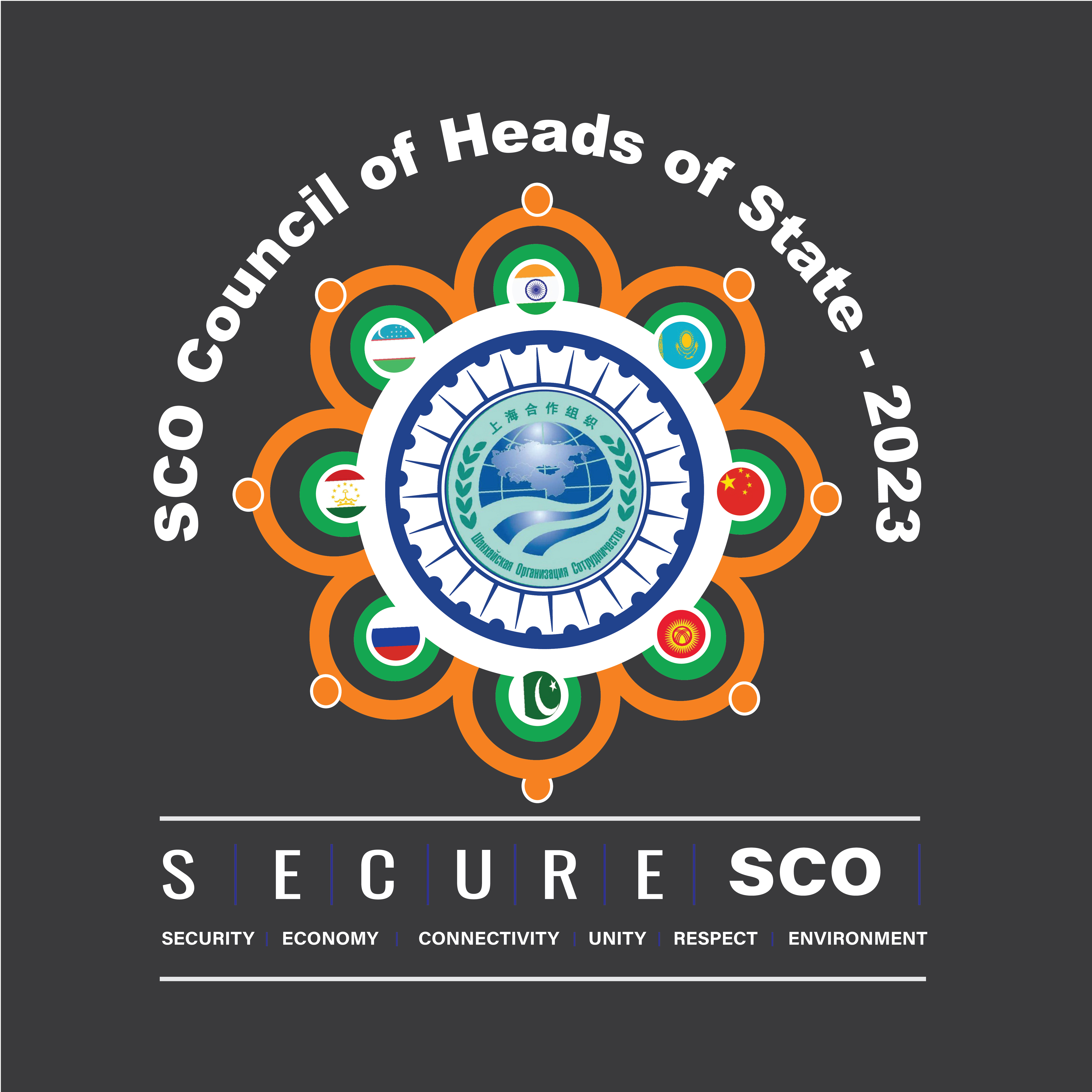Evolution Of Pocso Act In India: Challenges Ahead

Momota C Bhattacharya
Advocate, Office of PK MalhotraIn earlier times, children have considered as ‘small adults and the idea of special rights to children was unheard of. It was in the 1840s that the idea of special protection to children first emerged in France. Laws were enacted in France since 1841 to protect children in their workplace and to grant them the right to be educated. It was only after the 1st World War that the world began to recognize the need for special rights to children. On 28 February 1924, the International Save the Children Union ratified the Declaration of the Rights of the Child during its fifth general assembly. This document was sent to the League of Nations, which adopted the “Geneva Declaration” on 26 September 1924, proclaiming that “Humanity has to do its best for the child”.
World War II caused untold suffering to thousands of children. On 11 December 1946, the United Nations General Assembly proclaims a new ethic of protection and care of children, establishing the United Nations International Children’s Emergency Fund (UNICEF) to respond to the millions of displaced and refugee children deprived of shelter, fuel and food in the aftermath of World War II In October 1953, the General Assembly decides to continue UNICEF’s mandate on a permanent basis (a permanent international organization), reaffirming the broader terms of reference established for the Fund in 1950.
In 1959 the United Nations General Assembly adopted the Declaration of the Rights of the Child (DRC). The DRC describes children’s rights in 10 principles. However, this document was not signed by all the countries. Therefore these ten principles only provided an indicative value. The DRC paved the way to the Universal Declaration of Children's Rights, which is popularly known as the United Nations Convention on the Rights of the Child (UNCRC). The UNCRC was unanimously adopted by the UN General Assembly on 20th November 1989. This became the first internationally binding instrument that recognized all the fundamental rights of the child. The UNCRC gave legal expression to the notion that children have independent human rights – and that those rights would be at the heart of all political, economic and social decision making. Its 54 articles describe the economic, social and cultural rights of the children. It enshrines the general principles of non-discrimination, best interests of the child, right to life, survival and development and respect for the views of the child. It then elaborates on the specific rights of civil rights and freedoms; family environment and alternative care; basic health and welfare; education, leisure and cultural activities; and special protection measures.
India ratified the UNCRC in December 1992, therefore the Government of India is obligated to implement the rights contained in the UNCRC. As of 2011, the International Charter of Child Rights had been signed by 191 countries out of 193, thus giving it a wide acceptance and recognition. It has been described as “the cornerstone of a new moral ethos for children” and an instrument stressing that “respect for and protection of children’s rights is the starting point for the full development of the individual’s potential in an atmosphere of freedom, dignity and justice”. The Government of India submitted its first Country Report on the Convention of the Rights of the Child in February 1997.
Although India has today been on the trajectory of economic growth, and there have been several initiatives by the government for eradication of poverty, a significant portion of the population continues to live in poverty. Economic inequalities are rampant and children are most affected. Eight important rights in the context of children are the Right to life, Right to health, Right to safe water, Right to food, Right to education, Right to protection, Right to freedom, and Right to identity. In the context of India, the main problems affecting child rights may be elaborated as follows:
-
Right to Life: According to vital statistics data for 2012, the “Infant Mortality Rate (IMR)” varies from 10 to 56 in the different states in India. In rural India IMR has declined by 30% while the decline is by 28% in urban India since 2003. The IMR is a count of deaths of infants under one year of age per 1000 live births in a year. It is considered a key indicator of health services, nutritional levels, poverty and educational level of the people. Reduction in IMR is one of the “Millennium Development Goals (MDGs)” set by the United Nations with a deadline of 2015. The decline in IMR is one positive development in the context of right to life.
To read more download the PDF from the link below
Download





